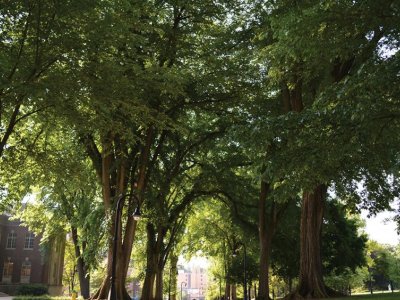Microbial activities can significantly affect the fate of phosphorus (P) in both natural and engineered contexts, such as agricultural soils, streams, and biological wastewater treatment systems. Much of the research in these areas has occurred in parallel research communities, with relatively little exchange of ecological and phenotypic insights between different ecosystems. Polyphosphate-accumulating organisms (PAOs) provide a prominent example of this: PAO diversity, abundance, and mechanisms of P uptake and release are well studied among the wastewater treatment community, and their activity is central to the design and operation of enhanced biological P removal (EBPR) systems. However, there are very few studies on PAOs in natural freshwater contexts, and some of these even frame the occurrence of PAOs in the environment from the perspective of their introduction from EBPR system effluents to affected streams. (Certainly there are PAOs in natural environments that are not derived from EBPR systems.)
This disconnect between research on microbial P transformations in different ecosystems presents an opportunity for transformative advancements in our understanding and application of P-affecting activities, by bridging the divide between natural and stormwater conveyance contexts and wastewater treatment and recovery systems. This project will promote exactly the type of new collaboration needed to bridge this disciplinary gap, bringing together Drs. Regan (PI, Environmental Engineering) and Duncan (co-PI, Hydrology) to test stream biofilm-derived PAOs as inocula for EBPR systems, with the hypothesis that these distinct PAO populations will persist under EBPR conditions and impart distinct system performance attributes relative to PAO typically observed in EBPR systems.




